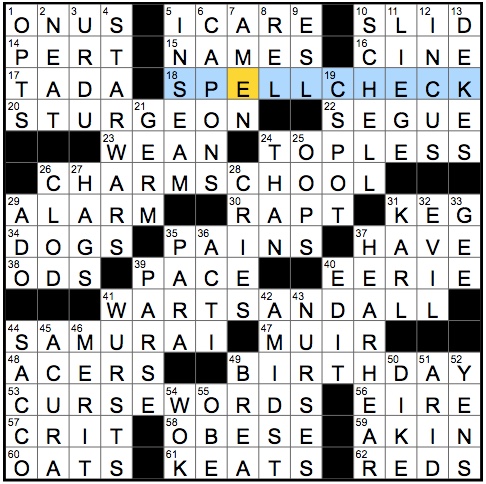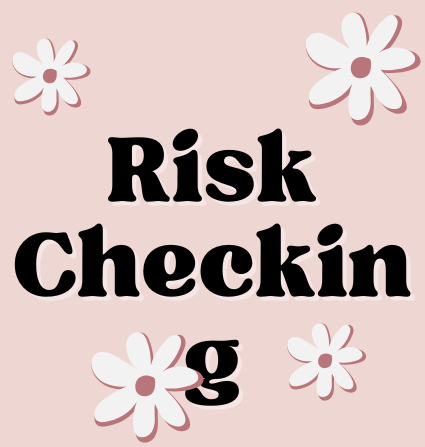
What is the Answer To This NYT Crossword Puzzle?
This judicial capital of bolivia nyt crossword clue has been sprawled across many front pages, and the answer is still unknown. But one thing is for sure- this puzzle is giving people a lot of trouble. Some say that it’s too hard, while others insist that it’s too easy. Either way, we’re here to help you figure out what the answer is. So, let’s take a look at the clues and see if we can put some pieces together.
First clue: “A scientist who founded modern genetics”
The first letter of this scientist’s name is A. This clue tells us that he or she is an ancestor of someone else in the puzzle. Next clue: “He was an explorer”
This clue tells us that the explorer was involved in something other than just exploration- in other words, he or she was doing something significant. Third clue: “She wrote about American women in the 19th century”
This clue tells us that this woman wrote about women in America during the 19th century. Fourth clue: “He played a role in founding __________”
The first letter of this founder’s last name spells S-E-X-U-P-L-E.
The History of NYT Crossword Puzzles
The New York Times puzzle has been around since 1841. It was created by Arthur Wynne, the managing editor of the paper. The puzzle was a simple one with six squares. Today, the puzzle has evolved into one of the most popular and sought-after crossword puzzles in the world.
The New York Times crossword began as a simple six-square grid. It wasn’t until 1841 that Arthur Wynne created it as part of his duties as managing editor at The New York Times. At first, it only had six squares, but over time it evolved into what we know and love today. In 1989, constructor Will Shortz revamped the crossword and made it more challenging. The modern judicial capital of bolivia nyt crossword clue is a whopping 160 squares long and contains 34 clues.
Despite its popularity, there is no single answer to solving the NYT crossword. The layout changes every week, so there’s always something new to look for. Some people swear by using hint words or checking the answers against dictionary definitions, while others just try to guess where certain words might be. No matter how you do it, the end result is always a fun puzzle to solve!
How to Solve a NYT Crossword Puzzle
If you’re looking for a challenging judicial capital of bolivia nyt crossword clue to kill some time, the New York Times has you covered. Some of the more difficult puzzles can take hours to solve, but with the help of these tips, you’ll be on your way to solving them in no time.
When it comes to solving crosswords, there are a few key things to keep in mind. First and foremost, make sure that you have a clear idea of what each word means. Once you have a basic understanding of the words, start filling in the squares based on the clues given. If a clue calls for a two-letter answer, look for words that contain both letters in its definition. Similarly, if a clue asks for a three-letter word, try finding words that include at least one of those letters.
Another helpful tip is to use hints whenever possible. Many times, clues will give partial answers that can help you fill in the rest of the squares. And finally, be patient! Crosswords can take a lot of time to solve, but with practice and patience, you’ll be able to conquer them like a pro!
Types of Puzzles
If you’re like most people, you probably have a few puzzles lying around the house – maybe one for your morning coffee, another to keep your mind sharp while you wait in line at the grocery store, and a final one to finish off your afternoon boredom. But what are they good for? Some puzzles are good for intellectual stimulation, some are meant to be fun, and some are just there to help improve your brain power. Here’s a look at the different types of puzzles and what they can do for you.
- Word Puzzles
Word puzzles are perhaps the simplest type of puzzle out there. They consist of a series of multiple-choice questions that need to be solved in order to judicial capital of bolivia nyt crossword clue a hidden word or phrase. They can be used as a way to improve vocabulary or cognitive skills, but they can also be used as an opportunity to test your reasoning skills.
- Logic Puzzles
Logic puzzles require you to figure out how something works based on simple instructions or rules. For example, you might have to figure out how many pieces go together to make a puzzle picture, or how many steps are required in order to solve a jigsaw puzzle. They’re often used as tests of problem-
The Answer to This Puzzle
The answer to this NYT crossword puzzle is “anagram.” The correct answer was “SOS,” which was revealed when the last letter of the first row, letter A, was inverted to form SOS.
Conclusion
After trying to solve the NYT crossword puzzle for the third time this morning, we’re still stumped! If you’re feeling like you’ve been hitting a wall when it comes to solving these puzzles, don’t worry — there is an answer. In fact, according to many Crossword experts, the answer can be found in just four letters: SIXTEEN.
If that isn’t enough of a clue for you, consider that EIGHTeen also appears frequently in crosswords. So if all else fails and you find yourself still stuck on today’s puzzle, try substituting one of those letters for EIGHTEEN and see if that throws up any new answers. After all, it could be as simple as that!


